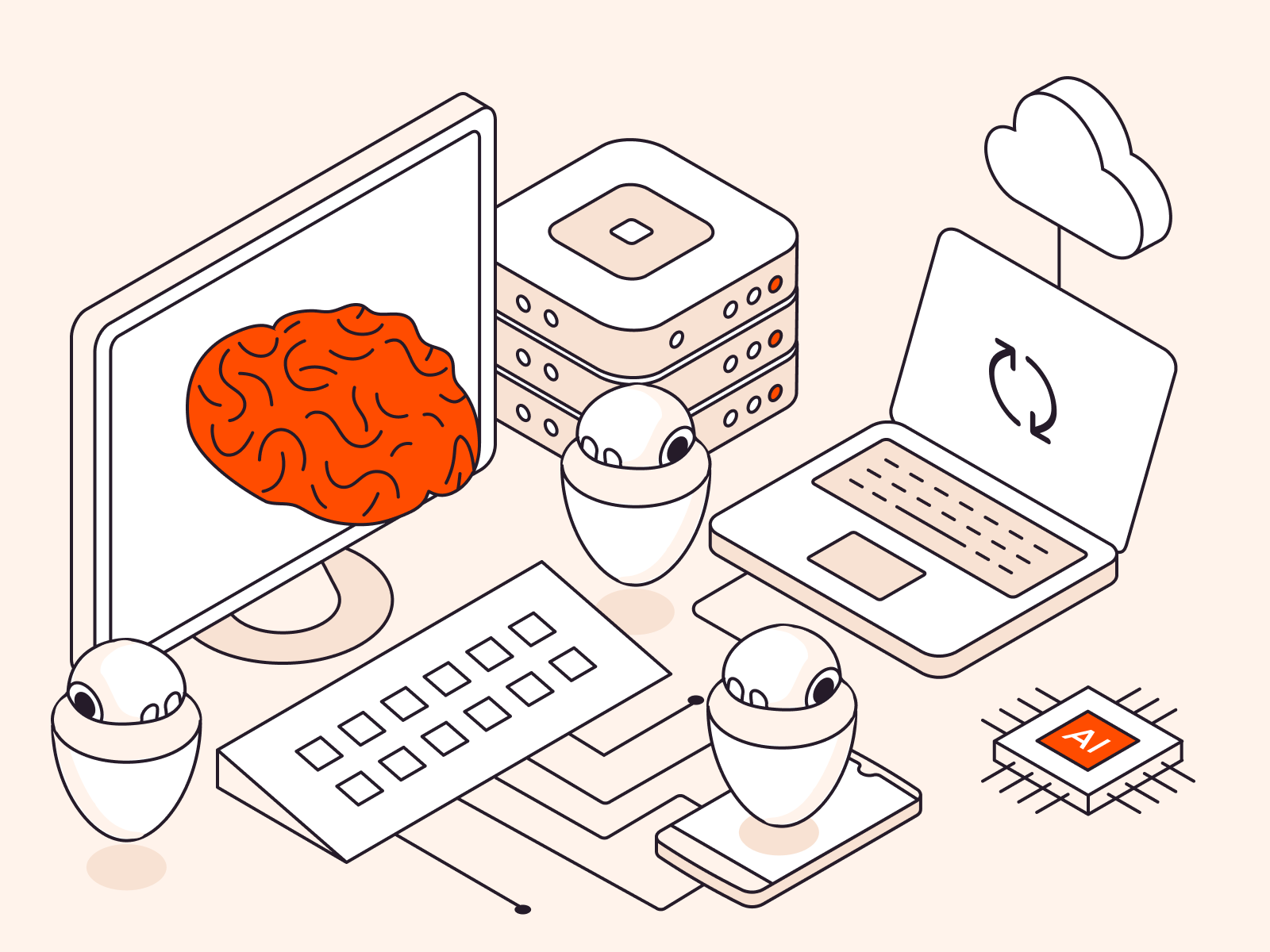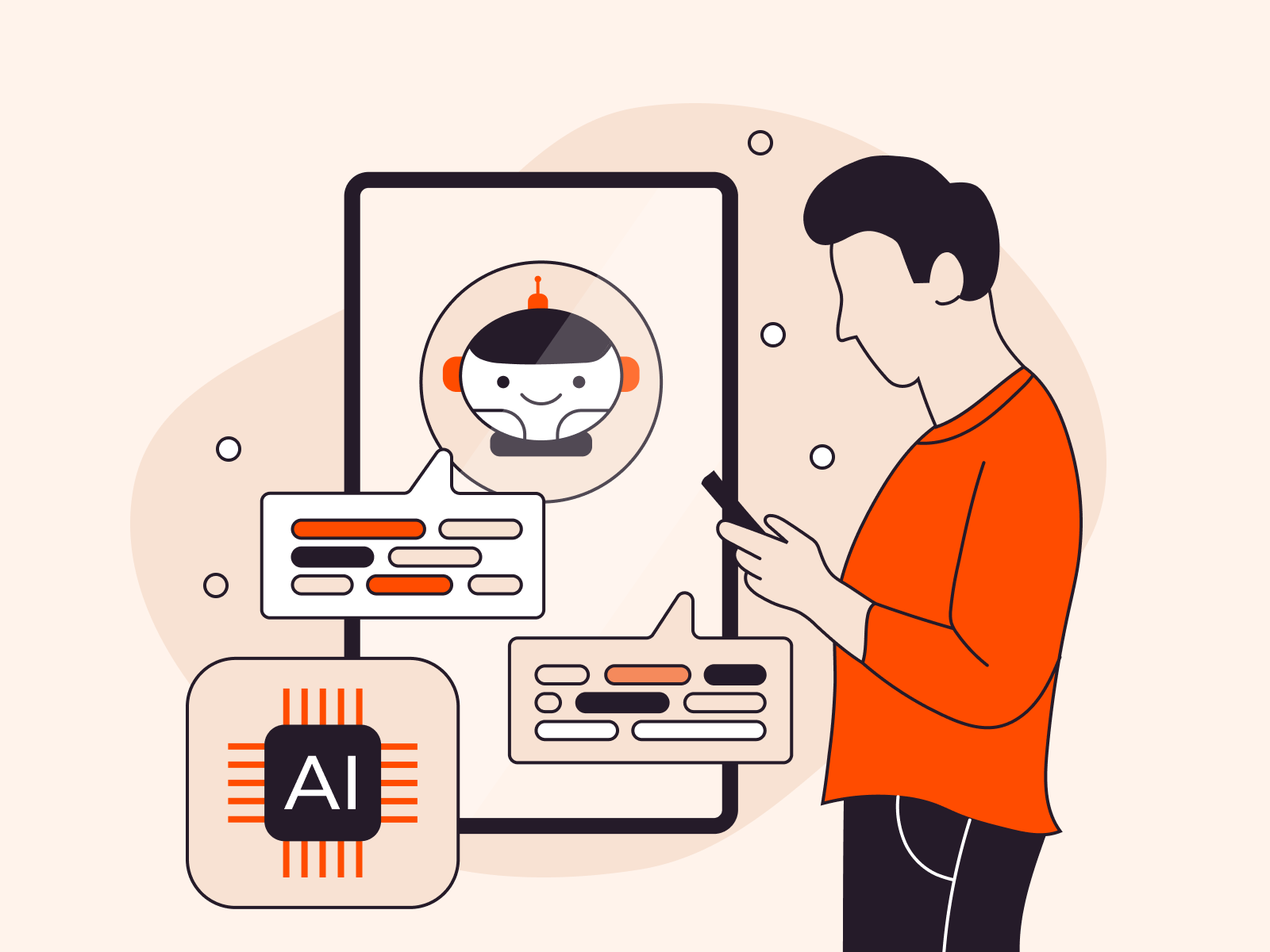
When choosing an IT solution for your business, be it a cloud or hosting service, it is of the utmost importance to consider the data centers where a provider’s servers are located. The speed of your web resources and the safety of your data depend on those servers’ reliability.
Data centers are classified according to reliability tiers: Tier I, Tier II, Tier III, and Tier IV.
In this article, we’ll talk about what this classification means, how to choose between data centers, and which criteria, other than reliability, are worth paying attention to.
Who invented tiers and why?
It all began in 1993, when the Uptime Institute, along with companies responsible for maintaining the most important data centers in the United States, created a platform for sharing experiences.
This formed the basis of the criteria that the Institute developed for evaluating data centers. The classification itself was created in the 1990s.
The main goal pursued by the specialists of the Uptime Institute was to increase the reliability and resiliency of data centers.
The developed criteria serve as a guideline for those who build their own data centers. In order to assign a certain tier to a data center, the provider must be verified and receive a certificate from the Uptime Institute.
The classification makes choosing a provider much simpler for those who want to rent computing power. Reliability and availability are quite abstract concepts, so here they are in specific numbers.
What are the criteria for determining the reliability tier of a data center?
The main parameters are the following:
- Downtime is the period of time during which data center servers are suspended. The reasons for downtime might be technical problems but can also be, for example, maintenance of the data center, during which the servers must be stopped. It’s measured in hours per year.
- Availability is an indicator of the reliability of the data center. It determines the percentage of servers’ operability relative to the total operating time of the data center.
99.995% availability—25 minutes downtime
99.982% availability—1.6 hours downtime
99.749% availability—22.7 hours downtime
99.671% availability—28.8 hours downtime

Note that Tier III and Tier IV have much less downtime. This is achieved due to the fact that these data centers don’t need to be stopped during repair and maintenance.
To determine which parameters a data center meets, many different factors are taken into account. The main ones are as follows:
- Redundancy, meaning the presence of redundant components for active elements of the data center (e.g., spare power supplies, generators, air conditioning systems, network equipment, etc.)
- Flow distribution like communication channels, refrigeration piping, electrical equipment, etc.
- The security level of the data center—not only the security of storing information on servers, but also the physical security of the data center, including security systems or video surveillance
- Maintaining a microclimate
- Compliance with building codes and requirements
Tier I

This is the lowest level of reliability. In such data centers, a complete stop of work may happen both during maintenance and repair of equipment, as well as in case of technical failures.
There may be no backup systems at all, such as:
- Uninterruptible power supplies (UPS)
- Diesel generator sets (DGU)
- Raised floor—a modular floor under which cooling systems, piping, and power supply are located
If there are such systems in the data center, then they are usually the simplest versions with many points of failure.
Also, in data centers of this tier, human error is very likely. There is very little protection from personnel errors.
Tier II

The main difference between this level and Tier I is the availability of N + 1 redundancy of active equipment, which means that each active piece of equipment has one standby duplicate.
This also provides at least some (albeit minimal) protective measures against human error.
Despite this, Tier II data centers are still quite prone to downtime. To carry out scheduled maintenance work, they must be stopped.
Tier III

Starting from this tier of reliability, data centers can be serviced without interrupting their work. This reduces downtime tenfold.
Like Tier II, data centers of the third level provide for N + 1 redundancy of active components.
But there’s more:
- Distributed 2N flows, which means that each link, pipe, wire, and other similar elements have one copy, and the load is evenly distributed between the two elements, providing redundancy and reducing channel load
- Two power inputs instead of one
- Protection from almost all the most common errors by service personnel
Tier IV

This is the maximum level of reliability. Like in Tier III, scheduled maintenance work in such data centers is carried out without stopping the systems. This data center is also able to withstand one crash.
This is achieved through 2(N + 1) redundancy, as there are two parallel elements that share the load, and each has a backup.
Moreover, this data center will have the following:
- A separate area for fuel storage allocated to diesel generator sets
- Protection against all problems associated with human error
- Protection from natural phenomena, such as earthquakes, hurricanes, storms, floods, fires, etc.
- Considerations for the possibility of terrorist attacks
Which data center should you choose?
Tier IV surpasses the other tiers in all respects, so it would seem the obvious answer to choose the most reliable data center.
But the higher the availability, the more expensive the rent of computing power is. Therefore, the most powerful solution is not always the best from the budget point of view. When choosing, you need to focus on your needs first.
Tier I and Tier II data centers have a long downtimes per year, as there are planned outages. Therefore, renting computing power in such data centers is suitable only for those to whom periodic downtime will not be critical.
This is an option, for example, if your company is present only in a specific region and doesn’t work around the clock. Scheduled outages can then be carried out outside of working hours.
But if your business is present in countries with different time zones, and your services must be available 24 hours a day, it’s better to rent computing power only in Tier III or Tier IV data centers.
Tier III offers optimum reliability with a downtime of just 1.6 hours per year. Such a data center would be an excellent solution, for example, for hosting. Your web resources will be hosted on fault-tolerant servers at a lower cost than Tier IV. Tier IV is needed by those companies for which even an hour of downtime per year can bring losses. Choose this type of data center if you want to minimize the likelihood of server unavailability.
What else should you pay attention to when choosing a data center?
In addition to the tier of reliability, pay attention to the location of the data center. It should be close to the end users—the speed of content delivery depends on it. If all your visitors live in Europe, there’s no point in ordering servers in the USA.
And if you have an international company with customers all over the world, connect to a content delivery network (CDN) to deliver content anywhere in the world as quickly as possible.
Before renting computing power, be sure to check the provider’s reputation. Read reviews and see what the media says about this or that vendor. Perhaps you’ll stumble upon information that sheds some light on whether or not a company actually provides a resilient infrastructure.
Gcore Cloud and Hosting
If you need reliable virtual and dedicated servers, rent them from us.
A few facts about our Hosting:
- Tier III data centers
- More than 25 locations on all continents (except Antarctica)
- Excellent connectivity
- Support for any operating systems
- Easy integration with popular CMSs
- 24/7 tech support
If you need a more flexible and sophisticated solution for testing and developing applications, storing and processing large confidential data, or for other large projects, connect to the Gcore cloud services.
- Powerful, easily scalable infrastructure
- Tier IV data centers
- Per-minute billing with payments for consumed resources only
- 99.95% SLA with financial guarantees
- High-level security—a PCI-DSS-certified cloud
We’ve already launched our services in 10 locations on different continents, and we’re constantly opening new points of presence.
In a nutshell
- The Tier classification was introduced in the 1990s by the Uptime Institute to establish clear criteria for the reliability of data centers and to simplify the choice for those who rent computing power.
- Vendors must be verified and certified by the Uptime Institute to assign their data centers a certain tier of reliability.
- Which tier a data center will be assigned is determined by many different criteria. Experts assess the availability of redundant systems, construction features of the facility, and its safety and ability to maintain the required microclimate.
- Tier I and Tier II data centers have the lowest level of reliability and a rather long downtime per year, since it’s impossible to carry out repairs and maintenance without stopping the servers. Such data centers are suitable only for those companies for which periodic downtime is not terribly important.
- Tier III data centers are more resilient, can be serviced non-stop, and have only 1.6 hours of downtime per year. They are suitable for most large companies whose services need to be available around the clock.
- Tier IV are the most reliable data centers. They’re able to withstand one technical failure without interrupting work—perfect if even an hour of downtime per year can bring you losses.
- Gcore provides hosting and cloud in reliable Tier III and Tier IV data centers.
Read more about hosting and cloud features and their differences in our article, “Cloud vs hosting: which should you choose?”.
Or order a free consultation. Our experts will help you choose the best solution for your project.







